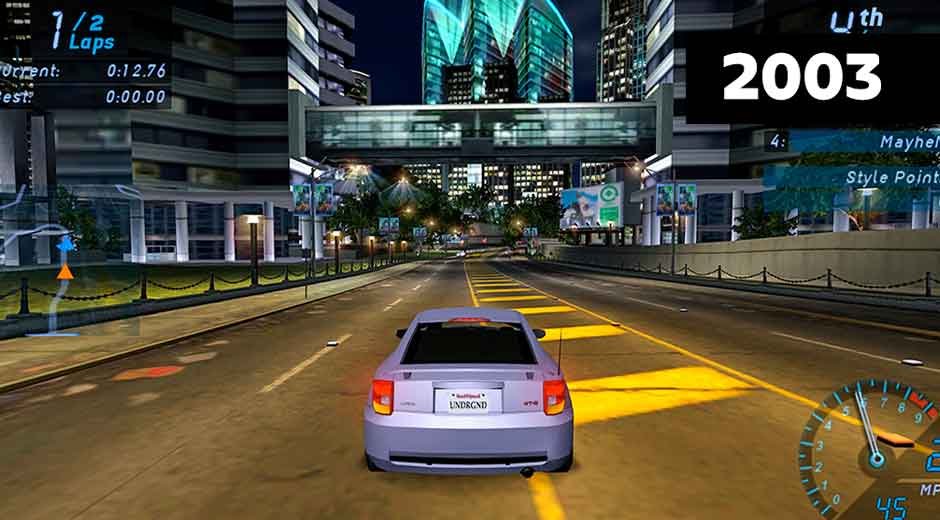From healthcare to sports, technology keeps changing the game in every field as precision and accuracy become more critical. A lesser-known area — where 1 MPH can be crucial — is in speed sports such as baseball, tennis, and motor sports. Cue the radar gun: a mighty tool that has changed the game in tracking speed and performance with unprecedented accuracy for both training and competition.
A radar gun uses radio waves to measure the speed of an object. It transmits a signal that reflects off a moving object; the radar gun measures the frequency shift of the signal to determine how fast the object is moving. A high-tech tool that was first invented in the 1950s, this technology has improved dramatically and is now prominent in many sports.
Transforming Baseball with Radar Guns
Perhaps the most ubiquitous application of radar guns is in baseball, where it is often used to measure the speed of a pitcher’s fastball. With pitch speed being strictly guesswork in years gone by (albeit well-informed guesswork), coaches and scouts could never rely on precision. Pitch speed can now be measured with radar guns, which, sometimes, can capture speeds of up to 150 MPH with near flawless accuracy.
This has transformed the game for baseball players and coaches alike. During training, pitchers use data to monitor their improvement and strengthen their mechanics to achieve optimal performance. Scouts today put a great deal of stock in radar guns to evaluate young talent, as the velocity of a pitcher’s fastball is typically the most telling sign of a future star. So-called professional teams of the highest caliber have integrated them into the routine simply to quantify the hows and whys of a pitcher’s strategy and performance.
Tennis: Quickening the Serves
The radar gun has also spread into tennis, where speed is a key indicator of a player’s skill level. When tennis stars such as Serena Williams or Novak Djokovic unleash serves, fans hear about the top speeds of the shots, but what they do not always realize is that radar guns are the technology behind those measurements. A serve speed is one of the most important statistics for any top-level tennis player, and it can affect the outcome of a match.
It used to be that measuring how fast a serve went was an inexact science. Now, this steep learning curve is mitigated by radar guns, which provide players with instant feedback on the speed of their service, allowing them to adjust their technique in real time for optimal hits. Radar data can be used by coaches to assess players, noting their strengths and weaknesses while utilizing this same data for athletes to find their edge. As a result, radar guns are now a standard fixture in tennis training centers..
Motorsports: You Want to Go Fast
In motorsports, the radar gun has been essential for measuring during races and test sessions. For racing success, whether in Formula 1, NASCAR, or drag racing, speed matters most. Every moment matters, and any speed improvement can change the result between winning and losing.
Racing teams make use of their radar guns to collect during practice runs, qualifying laps, and race-day scenarios. Using these devices, teams can fine-tune their performance by discovering the best levels at which their vehicles perform. Moreover, radar guns can help officials enforce speed limits so they can ensure that drivers are following the track rules and stay safe.
Radar Guns: The Present and Future of Speed Measurement
Radar has changed the whole speed radar on the whole as well, and it looks like it will do so for generations to come as radar with more advanced technology will only result in better results. But with the advances of technology and now radar guns being integrated with data analytics and artificial intelligence, the insights you can gain from scanning will become even more precise and actionable. Data can be used not only to track speed but also to further uncover performance aspects such as acceleration, deceleration, and the impact of environmental factors such as wind.
Radar guns are also being amalgamated with smart devices and wearables, paving the way for athletes to keep track of their instant performance in real time like never. Such technology is spreading well beyond traditional sports, even into law enforcement, military operations and autonomous vehicle testing.
Conclusion
Radar guns have changed how speed, performance, and progress are measured, and every MPH counts in an age so connected we only care about inches. In any sport, from baseball to tennis to motor sports, this technology produces invaluable information that has changed the way we train, compete, and assess performance. With radar gun technology continually developing, the future offers even more precise and insightful means of testing speed, solidifying their place as an essential resource for anyone looking to break the sound barrier.






